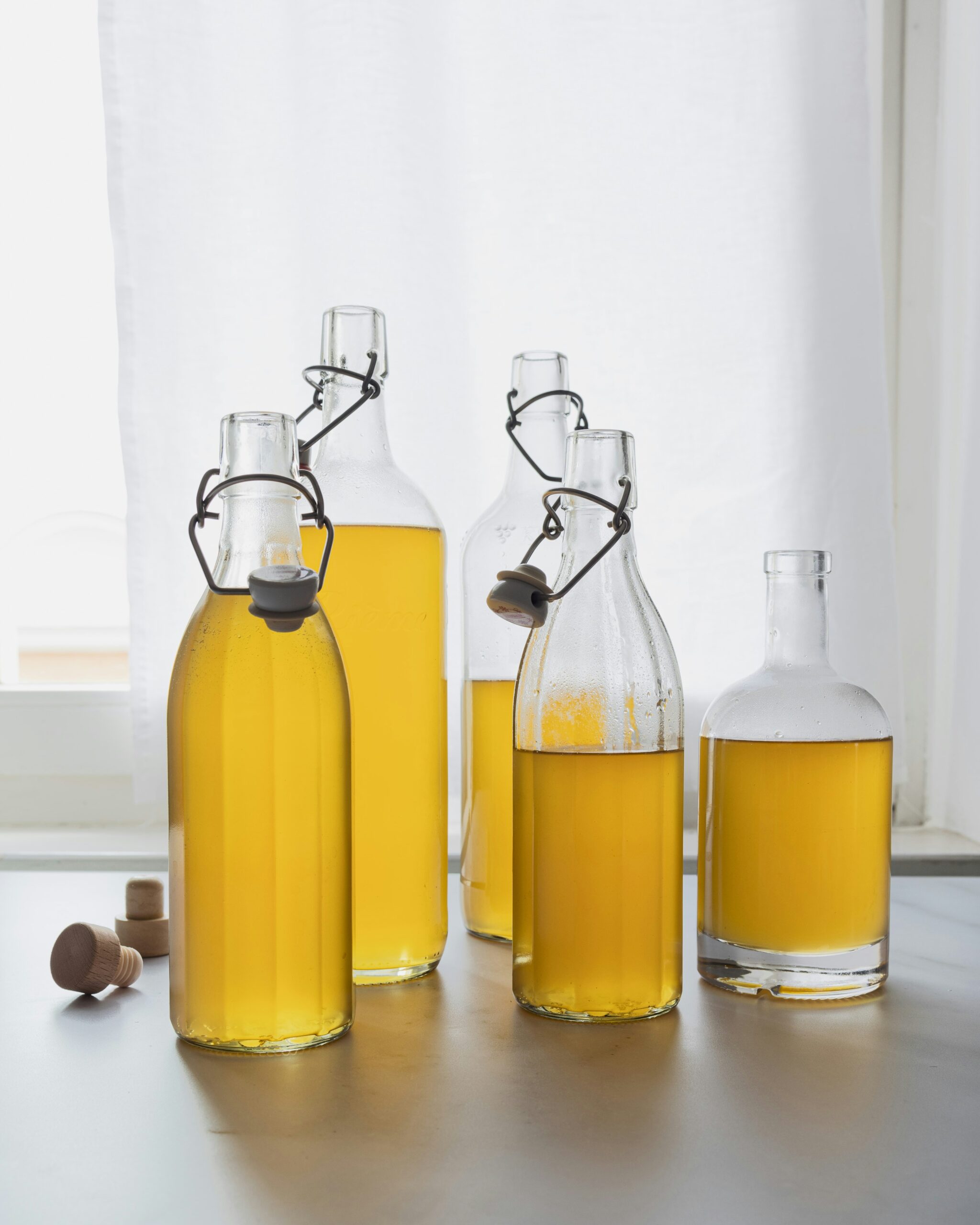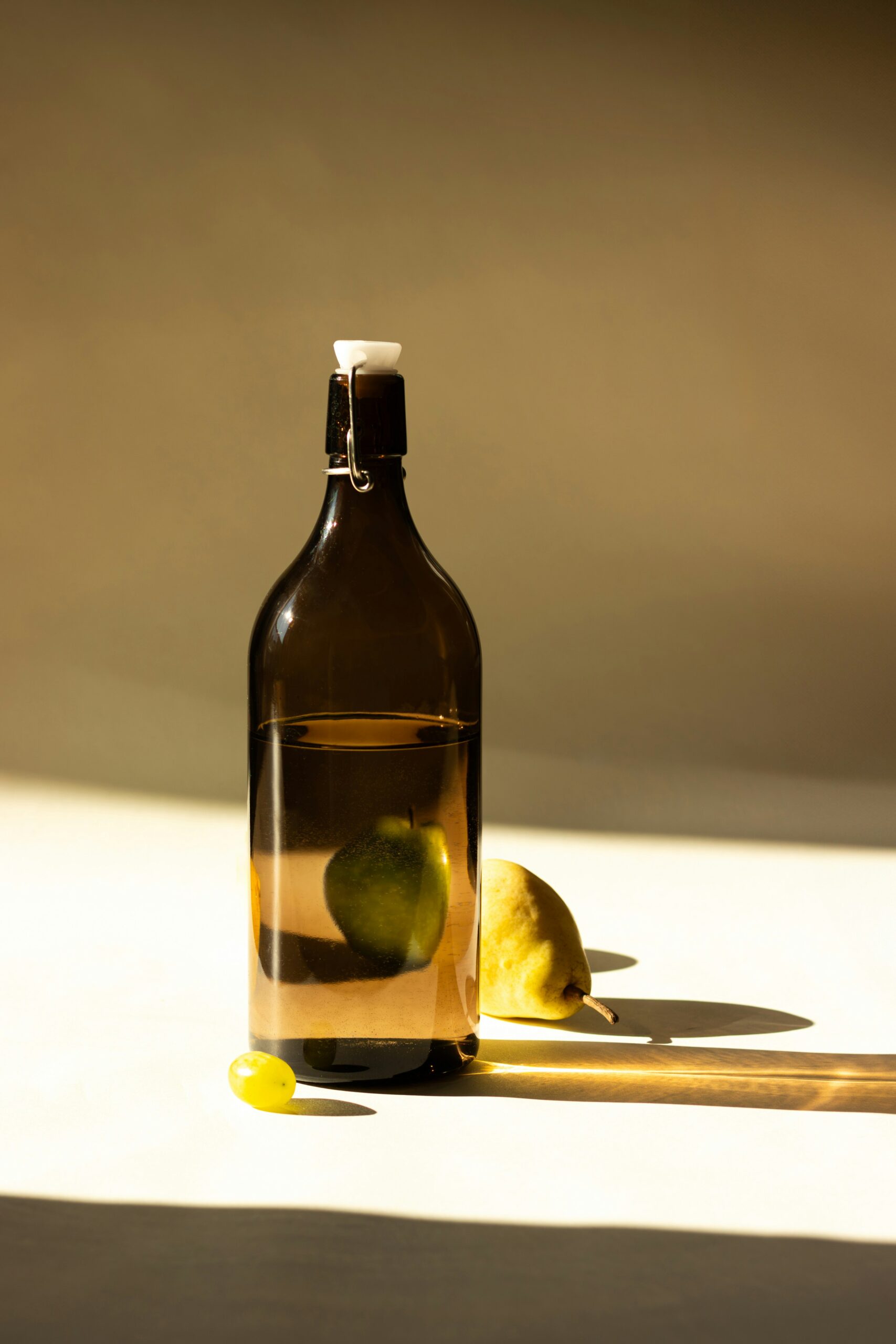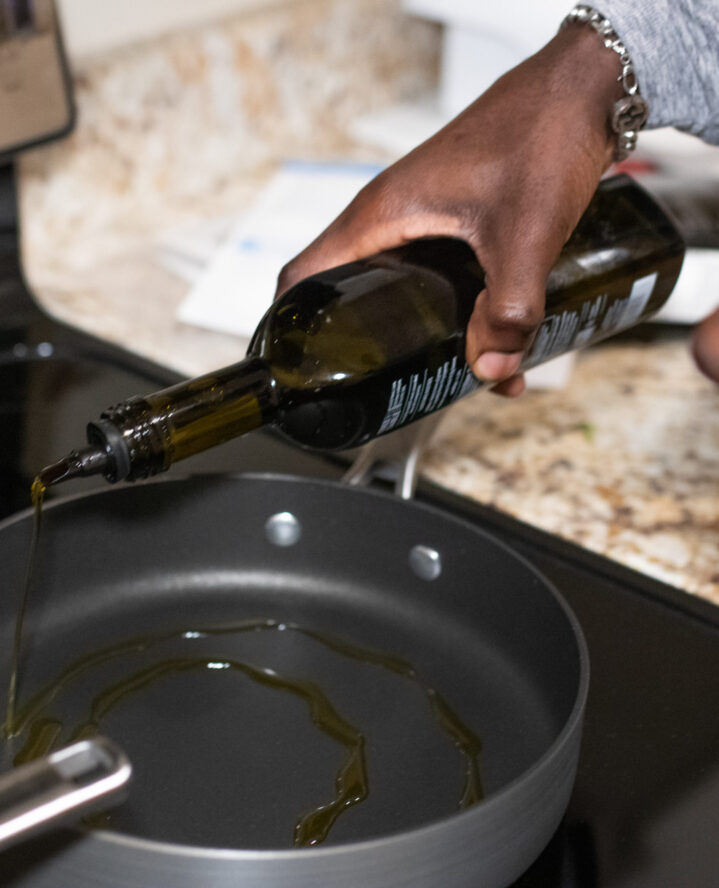Kitchen organizing is as much an art as a science. And in that revered room, arranging and storing your various cooking oils is key to efficiency. People who are serious about food know that wielding the right oil is critical to the meal. Different oils have varying smoke points, flavor profiles, and fat profiles as well. Storing your oils separately and properly allows you to quickly choose the best one for the flavors you’re working with, as well as for things like cooking temperature. Proper storage can literally make or break the quality of your dishes.
If you’ve ever tasted food that has been prepared using oil that is rancid or burnt, you already get it. Here are some additional tips and tools for avoiding these kinds of mishaps in your kitchen.
Invest in a Storage System
Those cute glass bottles clearly labeled and housed in little wooden trays or caddies are more than just attractive. They are part of a good strategy for keeping your oils stored in a way that is consistent and efficient. If labels are supplied, use them, or just make your own so that you can quickly see what’s what. It is also a good practice to line the bottom of the tray or rack with paper or a storage liner to prevent the inevitable oil drips from ruining the tray or just making things messy. When things do start to get messy though, you can easily switch out the liner and keep it moving.

Keep Kitchen Oils Cool and Dry
First and most important, keep your oils away from any source of heat. Store them in a cool, dry cabinet or cupboard, and as far away as possible from your stove. It might not be intuitive, but the absolute best place to store cooking oil is the refrigerator.
Use the Right Containers to Protect Oils from Light
Make an effort to find dark glass bottles to protect against light. However, clear bottles are okay as long as they are stored in a dark place. It’s all in the name of preventing oxidation caused by light — a process called “photo-oxidation” that can drastically change the flavor of oil by causing them to break down and form free radicals. There are many ways to help prevent this process, so read on.
The “Best by” Date Is Actually Important
“Best by” dates are not a capitalist conspiracy to control you. Don’t learn the hard way! That little date stamped on the manufacturer’s bottle is actually sound guidance. Try to use up your cooking oils within about three to six months. You’re ensuring the best possible flavor that way.

Control Moisture
Back to oxidation for a moment. Light is not the only culprit in the formation of free radicals and therefore fatty acid oxidation (and therefore rancid oils). You should also make an effort to limit the amount of moisture and air that comes into contact with the oil. Airtight glass containers are really great at this and unlike plastics, can be reused for a long time. And speaking of plastic…
No Plastic Containers! No Plastic Containers Ever!
If you read that in your Faye Dunaway voice, hooray for you. Storing any kind of oil in plastic is forbidden. If you know anything about the microplastics crisis, you’re also aware plastics can leach chemicals into foods. In the case of oils, it can also affect the overall taste. So if your store-bought oil came packaged in plastic, transfer it to a glass container with a tight lid immediately.
popular posts
Living Room

Make RiRi Proud With These Halftime Show Must-Haves
by Arielle Clay | January 30, 2023

DIY Throw Pillows: These 5 Fabrics Add Both Texture & Culture
by homeandtexture | February 22, 2023
Spaces
Whether it’s luxury or ease, every area of your home should be as fabulous and unique as you.
Cooking a Thanksgiving Turkey for the First Time? Here’s What Not To Do
by Brittni Williams | November 21, 2023
Here are 6 Delicious Recipes for Repurposing Thanksgiving Leftovers
by Brittni Williams | November 24, 2023
FOLLOW ALONG ON INSTAGRAM
#homeandtexture
Find us on social for more home inspiration where culture, personal style, and sophisticated shopping intersect to help you create a home where you love to live.






